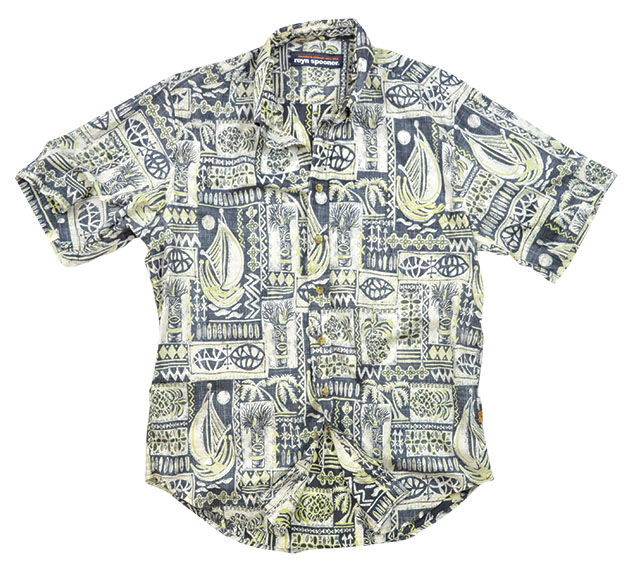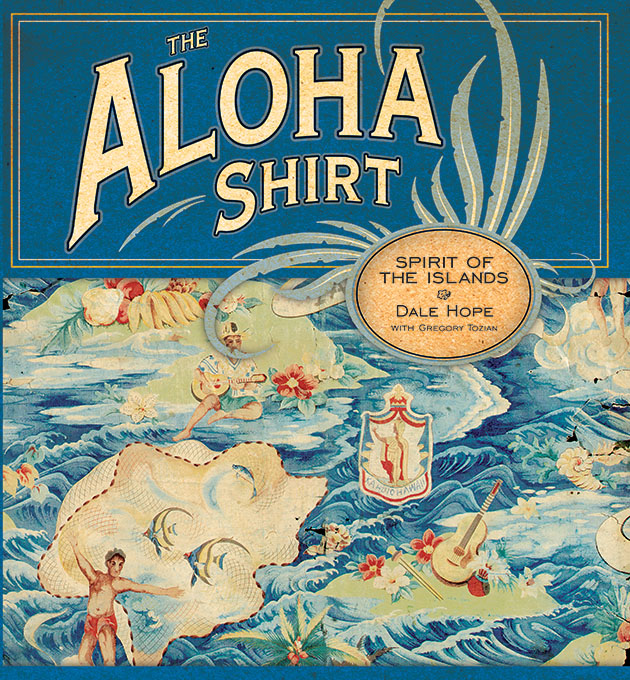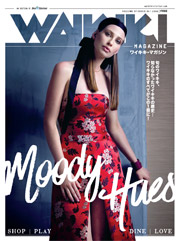Dressed in Aloha
The aloha shirt has come a long way from its 1930s introduction.
One of the most visible symbols of Hawai‘i’s aloha spirit can be seen in contemporary Hawaiian fashion known as alohawear.
Its roots can be traced back to 1820, when New England missionaries arrived in Hawai‘i. Missionary women adapted the latest fashion in order to accommodate the large size of ali‘i (royalty) women. The design was then altered into a more comfortable fit, and the holoku—a loose, floor-length, long-sleeved formal dress—was born. The mu‘umu‘u was initially a chemise worn under the holoku, and it wasn’t until the 1940s—with the introduction of Hawaiian prints—that it was considered fit to be worn in public.

Reyn Spooner “Catamaran Tapa” Shirt
The aloha shirt that we know today did not come about until the mid-1930s. Shirtmaker Musa-Shiya first used the term in a 1935 advertisement. However, it was tailor Ellery Chun who trademarked “aloha shirt” in 1936 as tourism in Hawai‘i grew. After World War II, bolder patterns with tropical images emerged. Rayon shirts called “silkies” became popular from 1945 to 1955. By the late 1970s, designs inspired by the Hawaiian culture came about. Eventually, subdued looking “reverse print” aloha shirts were introduced and are now worn daily in offices and other workplaces throughout Hawai‘i.
Today, the shift toward island-style resort wear gives aloha fashion a more cosmopolitan feel. Some aloha shirts may not necessarily feature Hawaiian prints but have various images arranged in a similar pattern as a traditional aloha shirt.
Visit any clothing store in Waikiki, and you will find not just traditional aloha attire but also a variety of Hawaiian print dresses, shorts and accessories inspired by the rich history of a multi-cultural society that has made alohawear a lifestyle.
Dale Hope’s book, The Aloha Shirt, is a visual history of the aloha shirt from the 1930s onward. With wonderful illustrations and hundreds of full color images of aloha shirts, as well as vintage photos, the book is a comprehensive and fun chronicle of this unique fashion story in Hawai‘i’s history. Visit www.thealohashirt.com.










